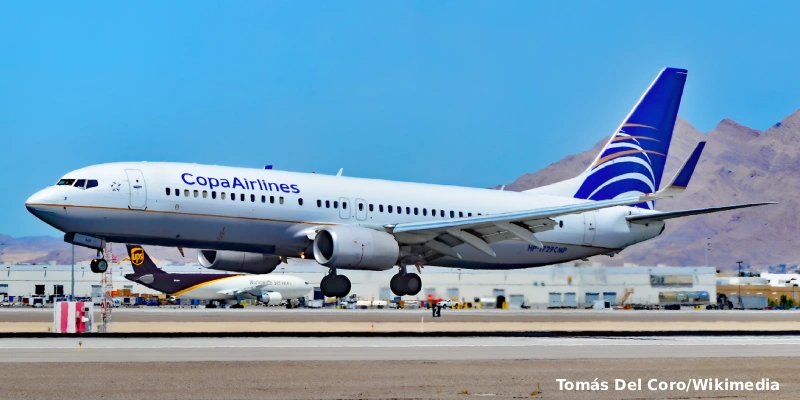Iberia airline celebrates 40 years since the arrival of the first Airbus in its fleet, an aircraft that has evolved over the years allowing the Spanish airline greater flexibility and cost efficiency.
See also: Qatar Airways and Iberia extend their codeshare agreement.
On March 18, 1981, an Iberia A300 landed in Madrid, piloted by commander Joaquín Reixa. This aircraft, christened ‘Doñana’, was the first aircraft of the European manufacturer that Iberia received in its fleet and with it began a history that is now 40 years old.
The A300s mainly covered routes to the Canary Islands due to their large passenger and cargo capacity. These were followed by the A320 family aircraft for short and medium-haul flights in the 1990s and, in the same decade, the A340-300 and A340-600 models, which began to join Iberia’s fleet in 1996, EuropaPress reported.
See also: Iberia limits cabin crew to minimum required due to low occupancy.
The arrival of the A330s in 2013 coincided with Iberia’s major transformation: new Business and Economy cabins and a new way of operating long-haul routes with twin-engine aircraft that brought a big leap in efficiency.
With the A350 and A320neo, Iberia takes another technological leap forward with state-of-the-art, quieter and more environmentally friendly aircraft that also offer greater comfort to customers.
Related Topics
LATAM Inaugurates Direct Flight Between Recife and Buenos Aires
LATAM to Cancel Lima-Tucuman Route Starting March 2026: These Are Reasons
Copa Airlines Resumes Flights Between Panama City and Maracaibo Starting December 20
Copa Airlines Extends Suspension of Flights to and from Caracas (Venezuela) Until January

Plataforma Informativa de Aviación Comercial con 13 años de trayectoria.




